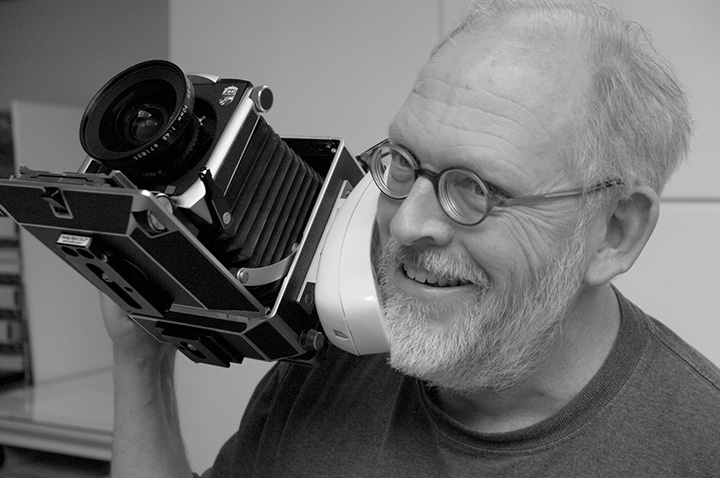Cameras and cell phones are a natural pairing and consumers the world over have eagerly embraced the combination. However, the images produced by these miniature marvels have lacked the quality necessary for serious photography. It’s a shame that committed photographers have missed out on the advantages of cell phone photography. Imagine always having your camera with you, ready for spur-of-the-moment image capture. Envisage being able to send impromptu images to all your friends with 44-inch printers. Think about forwarding a great landscape directly to your publisher. As of the first of this month, all that is finally possible. Finally, photographers have access to a cell phone capable of producing images of superb quality, images that can satisfy the demanding requirements of the most finicky photographers.
The breakthrough is so sweeping that it’s difficult to know where to start. The Sloof Lirpa Series 1 cellular telephone offers a 39 million pixel planar sensor with 16-bit files of 234 Megabytes without wobulation, and almost 1GB with. For stationary subjects, scanning linear sensors can produce 6000×8000 pixel images.
No current cell phone offers interchangeable lenses, but, in a staggering embrace of open standards, Sloof Lirpa has produced a phone allowing the use of lenses from 47mm to 500mm from well-known vendors such as Schneider, Nikon, Rodenstock, and Fuji.
The Sloof Lirpa phones have comprehensive movements, allowing full control of the plane of focus; no longer will cell phone users suffer from the embarrassment of converging verticals. There may be some drawbacks to this flexibility. It’s only a matter of time before you hear a cell phone user in a restaurant or movie theatre talking in a loud voice about the Scheimpflug effect.
The Sloof Lirpa phone can transmit an uncompressed 39 megapixel image in a little over nine hours at 56 Kb/s. JPEG compression reduces that time to half an hour. Early users say that the unhurried transmit times encourage a contemplative approach to photography.

My prototype Sloof Lirpa has served me well. The intelligent mating of a princess phone and the Linhoff Technika… truly genius! 😉